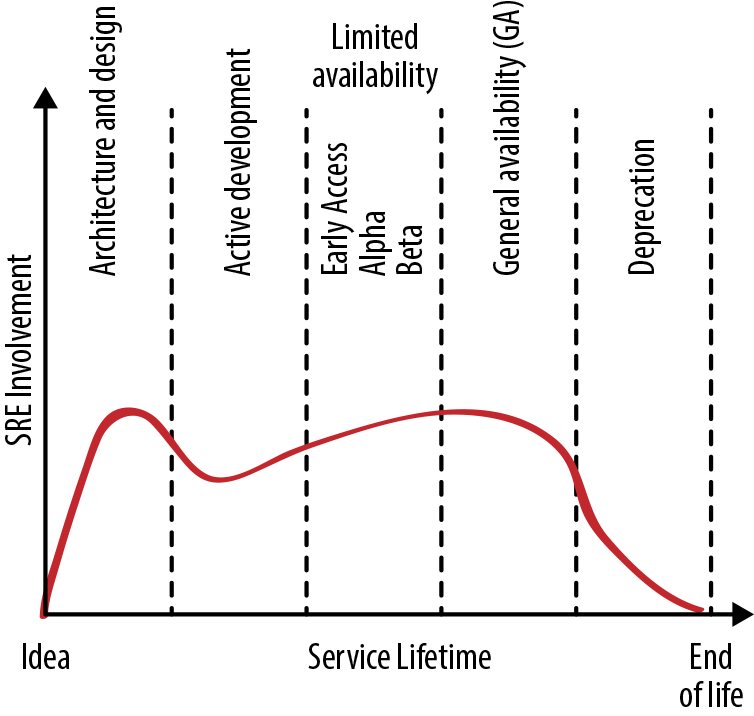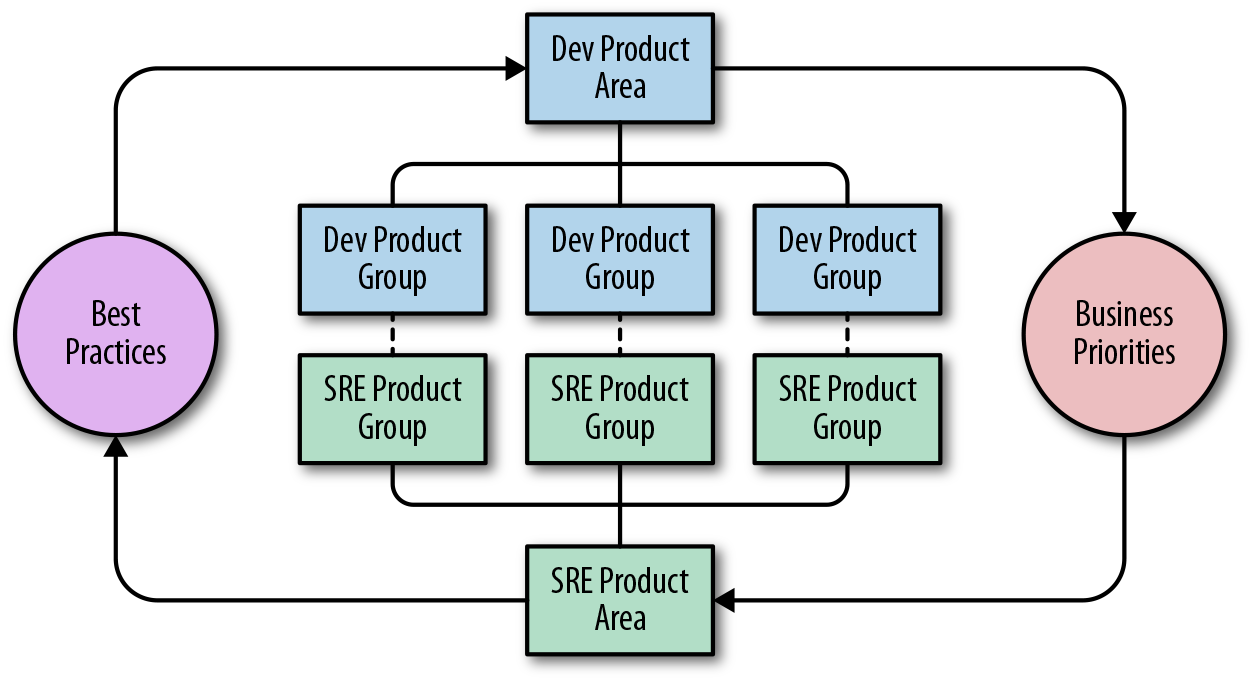Case Study 1: Ares
Google’s Abuse SRE and Common Abuse Tool (CAT) teams provided anti-abuse protection for most Google properties and worked with customer-facing products to keep users safe. The Abuse SRE team applied engineering work to lower CAT’s operational support burden so that the developers were able to take a direct role in supporting their users. These users were the Googlers operating the properties defended by CAT, who had high expectations about the efficacy of CAT and its response time to problems or new threats.
Efficient abuse fighting requires constant attention, rapid adaptive changes, and nimble flexibility in the face of new threats and attacks. These requirements clashed with the common SRE goals of reliable and planned feature development. CAT teams routinely needed to implement fast development and deploy new protections to properties under attack. However, Abuse SRE pushed back on requested changes, requesting more in-depth analysis of the consequences each new protection would have on the overall production system. Time constraints on consultations between teams and reviews compounded this tension.
To hopefully improve the situation, Abuse SRE and CAT leadership engaged in a multiyear project to create a dedicated infrastructure team within CAT. The newly formed “Ares” team had a mandate to unify abuse-fighting infrastructure for Google properties. This team was staffed by CAT engineers who had production infrastructure knowledge and experience building and running large services. The teams started an exchange program to transfer production management knowledge from Abuse SRE to the CAT infrastructure team members.
Abuse SREs taught the Ares team that the easiest way to launch a new service in production (when you’re already running large distributed services) is to minimize the additional cognitive load that the service imposes. To reduce this cognitive load, systems should be as homogeneous as possible. Deploying and managing a collection of production services together means they can share the same release structure, capacity planning, subservices for accessing storage, and so on. Following this advice, Ares redesigned the whole abuse-fighting stack, applying modularity concepts to shift toward a microservice model. They also built a new layer that provided abstractions for developers so that they didn’t have to worry about lower-level production details like monitoring, logging, and storage.
At this point, the Ares team started to act more like an SRE team for CAT by administering the new abuse-fighting infrastructure. Meanwhile, Abuse SRE focused on the production deployment and efficient day-to-day operation of the overall abuse-fighting infrastructure.
Collaboration between the Ares engineers and Abuse SRE resulted in the following improvements:
-
Because the CAT team now had “in-house” production experts that were also experts in abuse fighting, Abuse SRE no longer had to vet new feature integration. This greatly reduced time to production for new features. At the same time, the CAT team’s developer velocity increased because the new infrastructure abstracted away production management details.
-
The Abuse SRE team now had many fewer requests from the CAT team to launch new features, as most of the requests did not require infrastructure changes. The team also needed less knowledge to evaluate the impact of a new feature, since infrastructure changes were rarely required. When infrastructure changes were necessary, Abuse SRE only needed to clarify the implications on the infrastructure rather than specific feature functionality.
-
Products that needed to integrate with abuse-fighting infrastructure had a faster and more predictable turnaround time since a product integration was now equivalent in effort to a feature launch.
At the end of this project, Abuse SREs disengaged from directly supporting CAT, focusing instead on the underlying infrastructure. This did not compromise CAT’s reliability or overburden the CAT team with additional operational work; instead, it increased CAT’s overall development velocity.
Currently, Ares protects users across a large number of Google properties. Since the team’s inception, SREs and product development have partnered to make collaborative decisions on how infrastructure will work in production. This partnership was only possible because the Ares effort created a sense of shared destiny.

